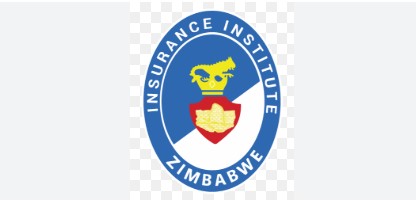IPEC proposes three tier pension system
Owen Kurewa
HARARE, In view of challenges facing Zimbabwe’s pension industry, the Insurance and Pensions Commission has taken an initiative to propose holistic reforms for the country’s pension sector in order to come up with an efficient pension system.
Three Tier Pension System
The regulator is proposing that Zimbabwe adopts an integrated three tier pension system, which is meant to: a. improve adequacy and coverage of pension; b. promote the co-existence of the National Pension administered by NSSA and the private administered occupational schemes; and enhance collection of contributions.
The three-tier recommendation borrows from the pension reforms adopted in Ghana. The levels of contribution rates and replacement values suggested hereunder are not scientifically determined but are meant to generate debate and if the recommendations are accepted, they would need to be actuarially determined. Therefore, the focus should be on getting consensus on the proposed principles of the reforms.
Tier 1
Tier 1 of the system, in essence will be the current compulsory scheme under the administration of NSSA. This is the basic national pension scheme that is mandatory for all formal sector public and private employees. It is also recommended that Tier 1 be open and be an available option to the self employed and informal-sector workers.
This Tier, should operate partially as a defined benefit pay-as-you-go scheme targeting to replace annual incomes of participants to a minimum of 50% or an agreed actuarially determined replacement ratio of their pensionable income. In addition, the Tier should guarantee a minimum monthly pension to all pensioners who would have contributed for a minimum number of years (e.g. 30 years). The minimum years of contribution to qualify for the minimum monthly pension should also be actuarial determined. The Tier should be supported by the government if funding levels fall below predefined levels.
Tier 2
The proposed, second tier of the pension system, Tier 2, should be defined contribution pensions schemes that are privately managed and have a component of mandatory contributions up a certain level for all formally employed workers, who will also be contributing to NSSA. It is proposed that this mandatory program is financed by a total minimum contribution of say 12% of pensionable income shared equally between the employer and employee. However, individual participating employers are allowed to have higher contributions rates if they have the capacity to do so.
Management of Tier 2 should be based on market principles, with fund administrators/managers competing for this business. It is recommended that as defined contribution schemes, this tier should have the option of paying lump-sum benefits (full commutation) calculated on the basis of accumulated contributions plus added interest minus administration fees upon retirement of member.
However, where certain employers, desire and can afford to provide defined benefit or hybrid schemes for their employees this should be permissible and encouraged under the proposed tier 2. 5.2.10. It is further proposed that this second tier should be used as security for mortgage loans in respect of residential property acquisition by fund members. This will enable members of the fund to be house owners before they get to retirement. There is no better pension than providing a roof over one’s head.
Tier 3
The proposed third tier, Tier 3, is meant to be voluntary and be able to cater for the informal sector and even those in the formal sector requiring supplementary retire income over and above that which can accrue from Tier 1 and 2.
It is proposed under tier 3 that contributors are allowed to withdraw from their accumulated credits in the event of being unemployed for more than 6 months after having contributed for at least 3 years. The tier also provides the option to withdraw at least one third of the contributions accumulated after every 5 year period.
The proposed access to contributions are meant to make pensions relevant to the needs of the contributors and also boost confidence within the industry. Micropensions initiatives will fall under the proposed Tier 3. 5.2.15. There is need to offer appropriate tax incentives to make the three tier system attractive to both employers and employees in both the formal and informal sector.








